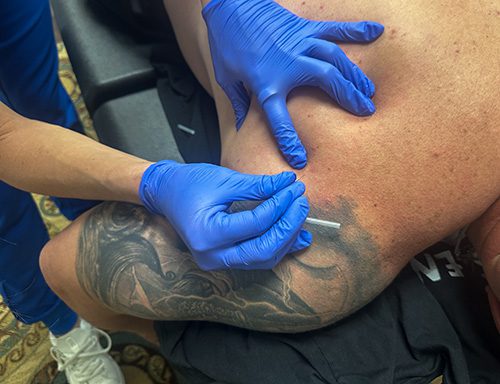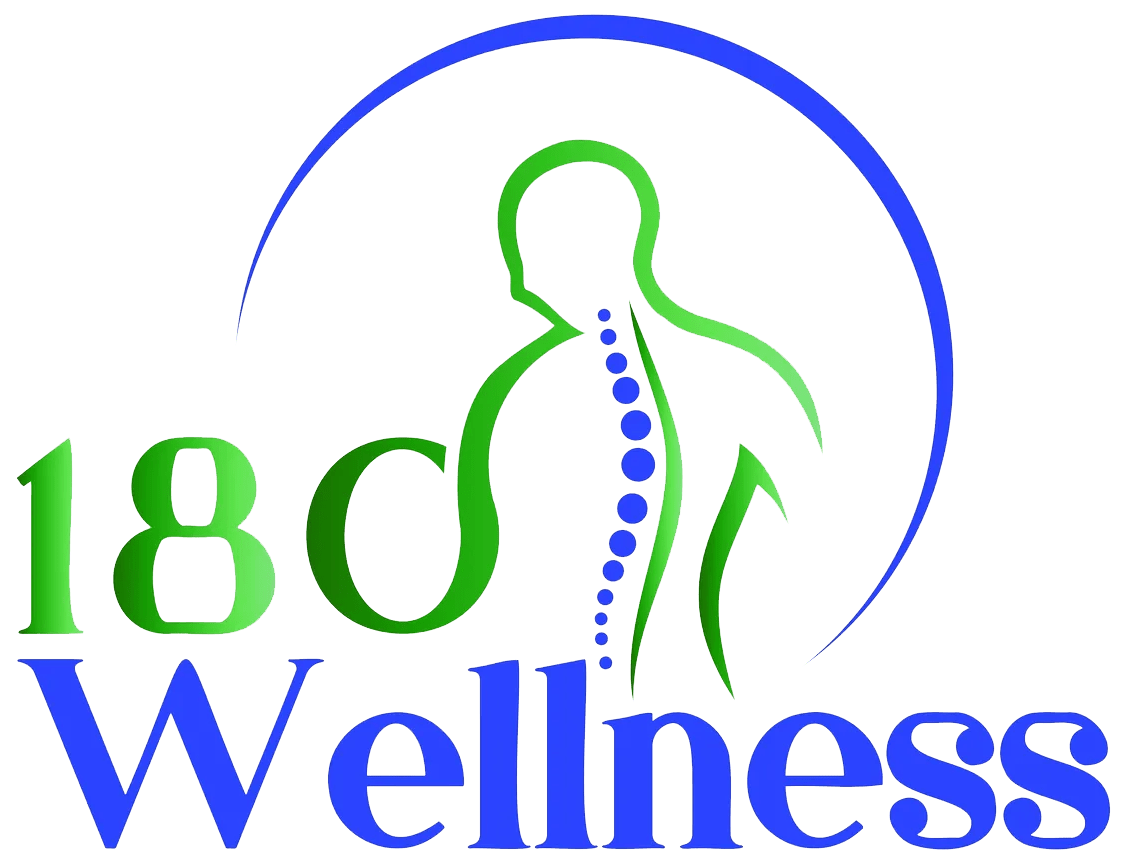Dry Needling
Dry Needling in North Dallas,TX is a therapeutic technique gaining popularity in the realm of physical therapy and pain management. This minimally invasive procedure at 180 Wellness involves the insertion of thin, solid needles into specific trigger points within muscles, tendons, or connective tissues, aiming to alleviate pain and improve range of motion. Unlike traditional acupuncture, which is rooted in traditional Chinese medicine and focuses on balancing energy flow, dry needling targets muscular and myofascial issues.
What is Dry Needling Therapy?
Dry needling therapy is a specific technique of acupuncture which involves the insertion of thin, sterile needles into specific areas of the body known as myofascial trigger points. These trigger points are often the source of musculoskeletal pain and can cause discomfort when pressure is applied. They’re commonly found in knotted or hard muscle tissues that may be located deeper within your body. Dry needling stimulates and breaks up these knots, helping to ease muscular pain and enhance mobility.
Benefits of Dry Needling Therapy
One of the primary benefits of dry needling is its ability to Relieve Muscular Tension and Reduce Pain. By targeting trigger points, dry needling practitioners aim to release knots and tight bands within muscles, promoting better blood flow and oxygenation to the affected areas. This can result in improved flexibility, reduced muscle spasms, and enhanced overall function. Additionally, dry needling may help in the management of chronic pain conditions, such as myofascial pain syndrome and fibromyalgia.

Why is it called Dry Needling?
The term “dry needling” originates from the distinction between treatments that use injections and those that do not. Initially, practitioners used “wet needling,” where substances like lidocaine were injected into muscle trigger points. However, research later found that inserting a needle alone—without injecting any liquid—was equally effective in relieving pain and muscle tension. Because no substance is injected, the technique became known as “dry needling.”
Why is it called Dry Needling?
The term “dry needling” originates from the distinction between treatments that use injections and those that do not. Initially, practitioners used “wet needling,” where substances like lidocaine were injected into muscle trigger points. However, research later found that inserting a needle alone—without injecting any liquid—was equally effective in relieving pain and muscle tension. Because no substance is injected, the technique became known as “dry needling.”


